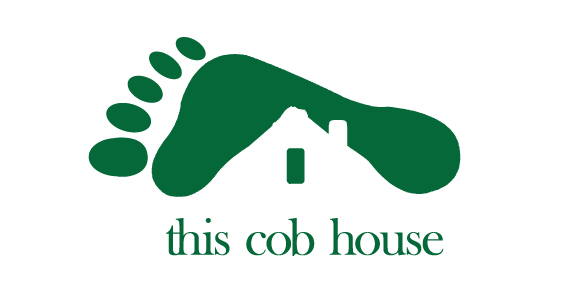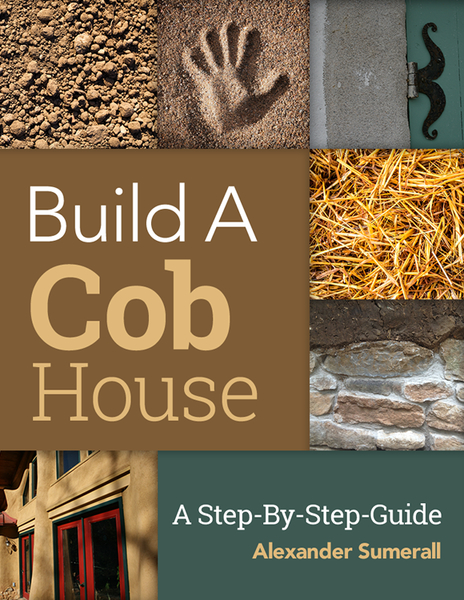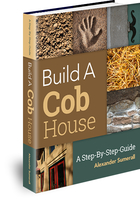Building a home is a major undertaking that will cost you a lot of money and time. It can be like putting together a large three dimensional puzzle that must also be able to interact with the environment and the conditions around it.
Building a home is also a lot of hard work, both physically and mentally, and will require you to use a variety of skills. The more skills and knowledge that you bring to the table the fewer learning curves you will have to overcome, but there will always be challenges and complications.
You will also have to learn to work with others throughout your building process. Even if you build your home by yourself, you will still have to work with designers, structural engineers, and building inspectors.
Develop a Vision
Set a vision for what you ultimately want to achieve with your building. Only you can know what you want, but it’s a good idea to think logically and realistically when deciding what you want to build. A lot of people’s ideas become very extravagant and out of proportion with what they can realistically accomplish. So, its important to keep it real. And this is where the next point in the checklist comes in.
Education
You need to begin to thoroughly educate yourself on building with cob or whatever type of building you are going for. Whether you’re building it yourself or having somebody else do it for you, you need to know how everything works and plays together.
You can never get enough education about building. But at some point you are going to have to start if you want to have a building. However, I would recommend more education and learning experience rather than rushing into any building project. It may take you a few more years of preparation before constructing your dream home, but it can be well worth it.
Start reading books on cob, natural building, sustainable energy systems, and whatever else interests you for putting together a home. You very well might have to learn a whole new set of skills.
Also try to take hands-on classes and workshops to gain confidence with these new skills. You can find upcoming cob workshops and other sorts of classes by searching online.
Site Selection
The site that you choose for your building can have a large influence on how efficient it is and how it will be preserved over time. There are many aspects to consider for selecting a proper site, which this article won’t be covering, but you need to find a good site before you can put together a detailed design plan. The site can strongly influence the design and function of your building.
Learn the specifics of how to select a proper building site in my online cob workshop course.
Estimate Costs
Be realistic and conservative in your cost estimates. At least, that’s what I do for my projects because it almost always turns out to consume more time and money than I originally planned for.
The ingredients for cob are cheap, but account for everything that you will need. Foundation materials, roofing materials, windows, doors, electrical, plumbing, tools, machinery, transportation, subcontractors, permits, etc. all cost a lot of money! Don’t lose sight of reality and expect to build your cob home on the cheap just because the walls are made of cob.
Design
Designing a building is an art and a science in itself. The way that you lay out the floor plan for your building will be what you have to live with once the building is built. So, put intelligent thought into your design. You may want to consult with a professional builder or interior designer before going forward with your plans. They can help pick out the faults in your design and offer valuable solutions for you.
Planning and Timetable
Make a game plan for success, and set a timetable for building your structure. You should plan out each phase of the building process according to the seasons, your financial situation, and materials availability.
For example, you might not have enough money to complete the whole project at the start, but you do have enough to build the foundation. So, you might plan to build your foundation during the winter while its cold and unsuitable for cob building, save money during that phase, and then be ready to do the cob work when it warms up in the spring and have money for the next phase.



